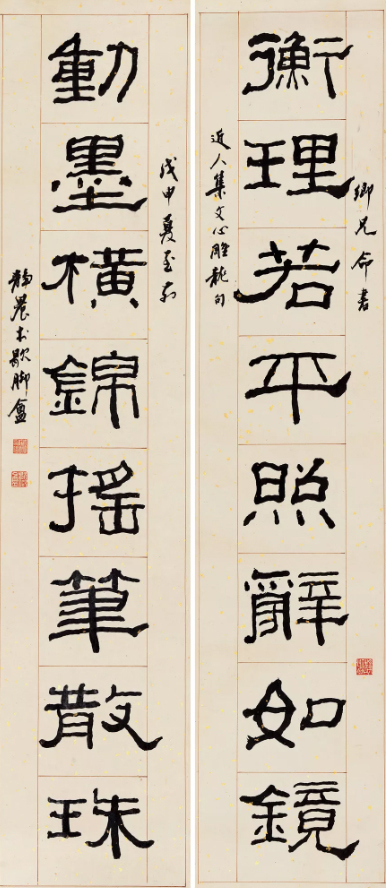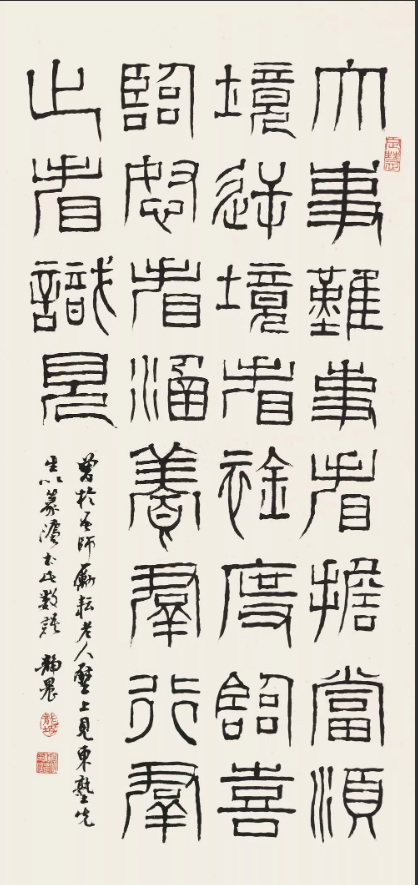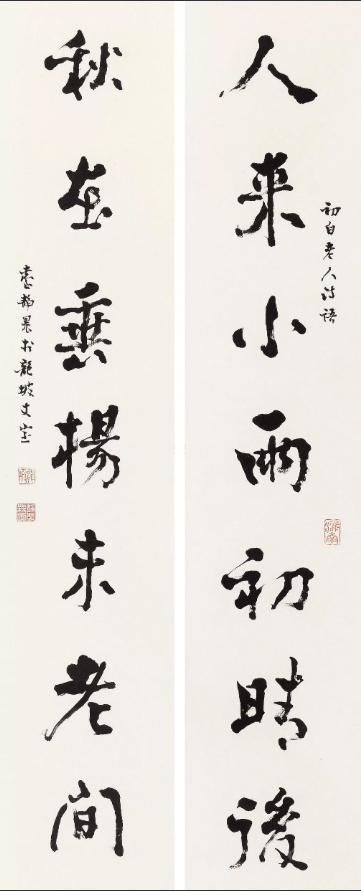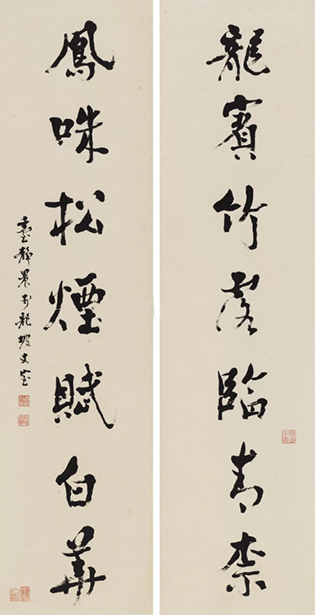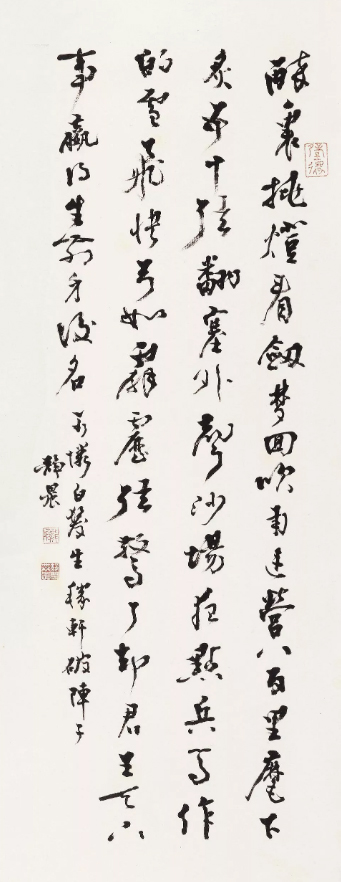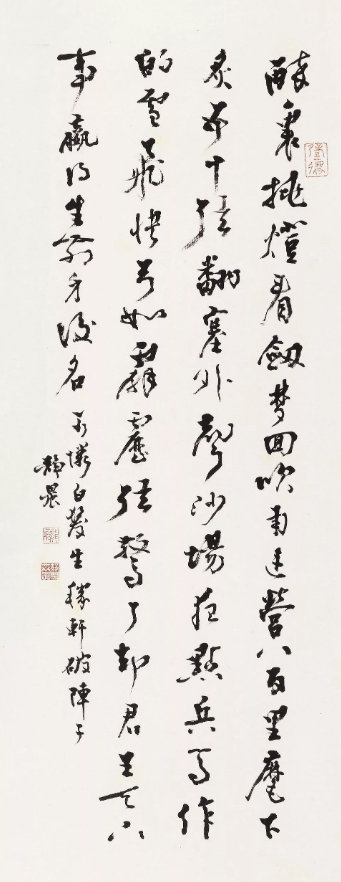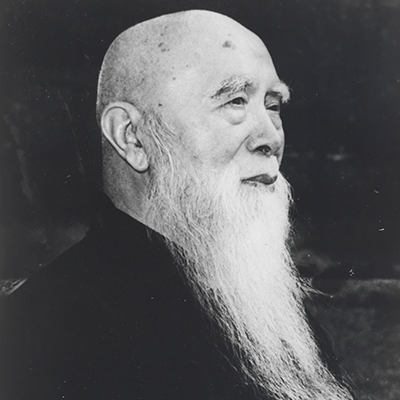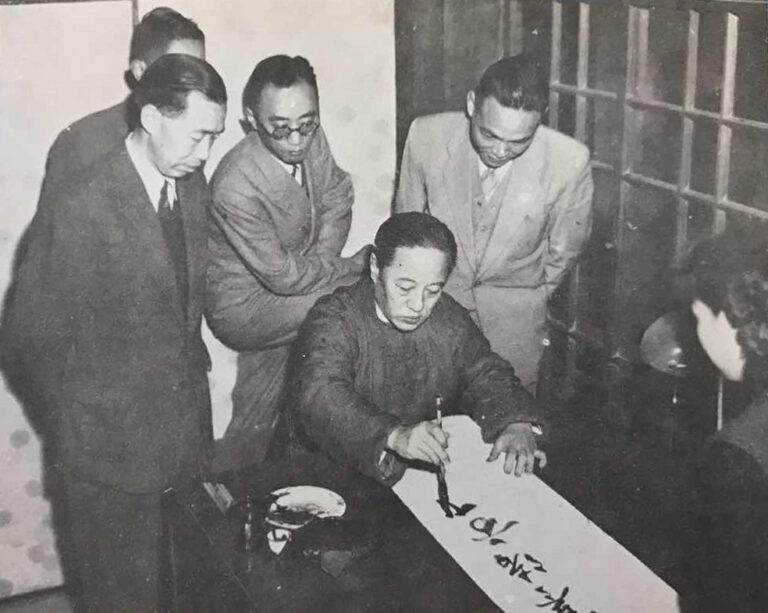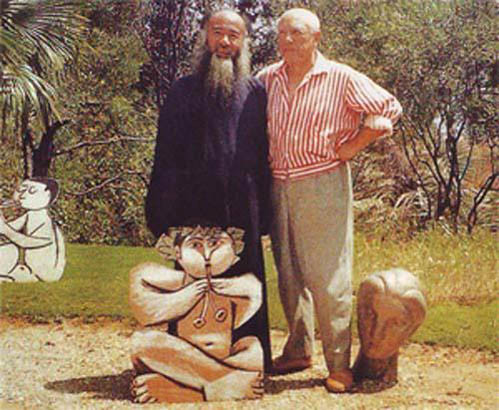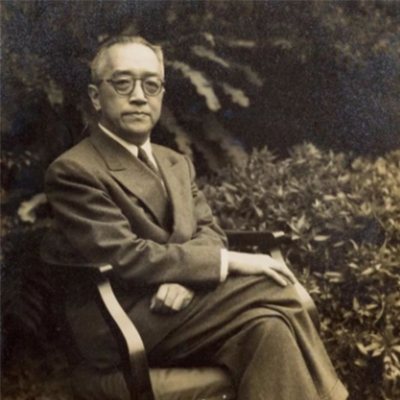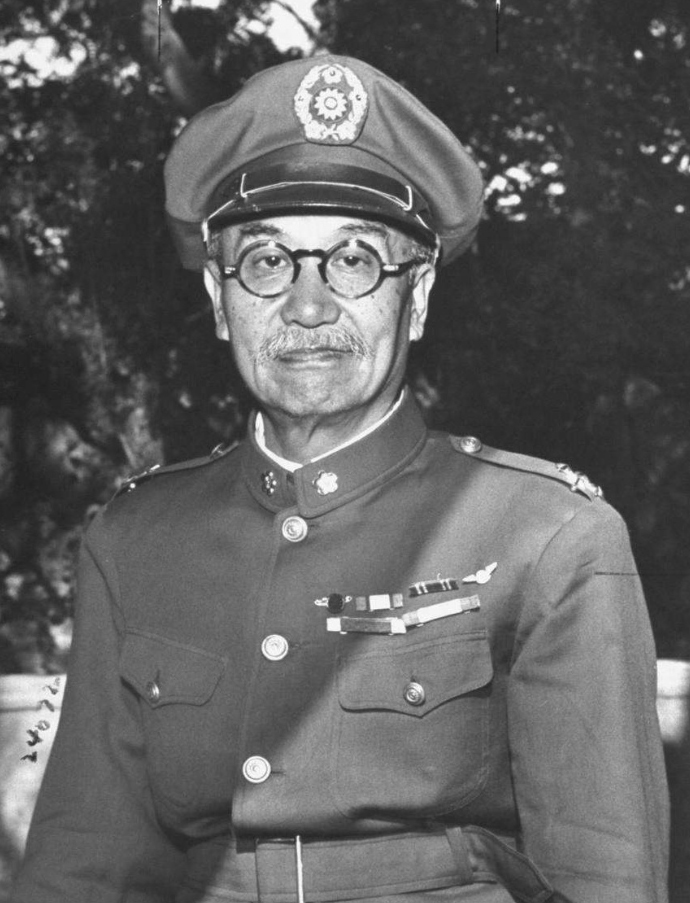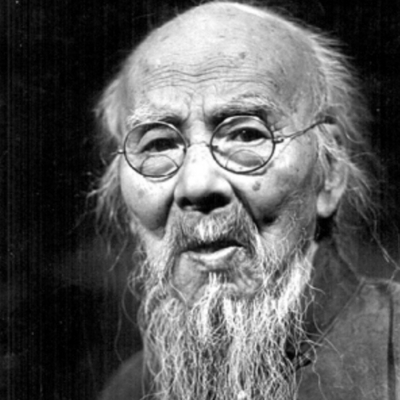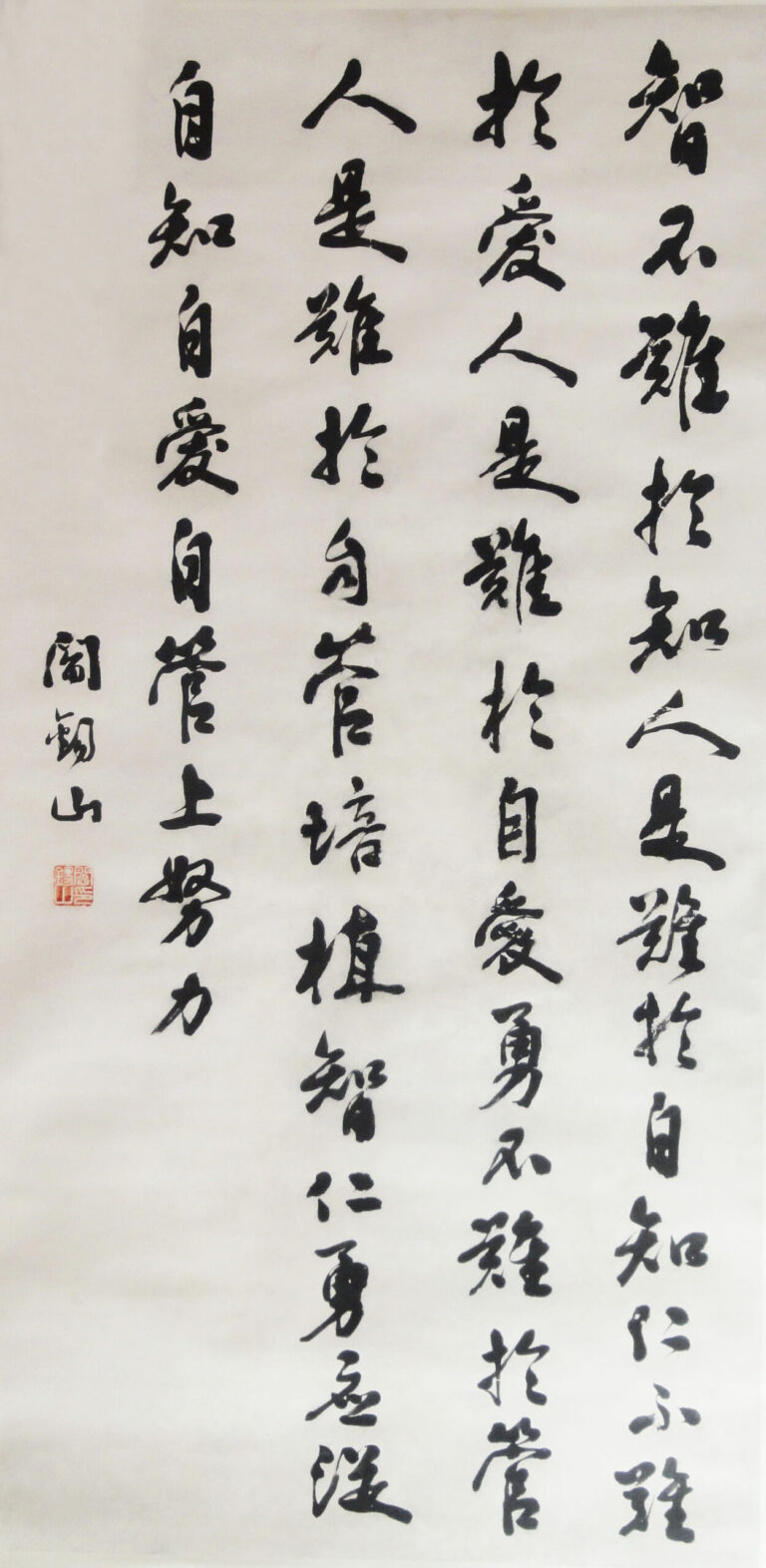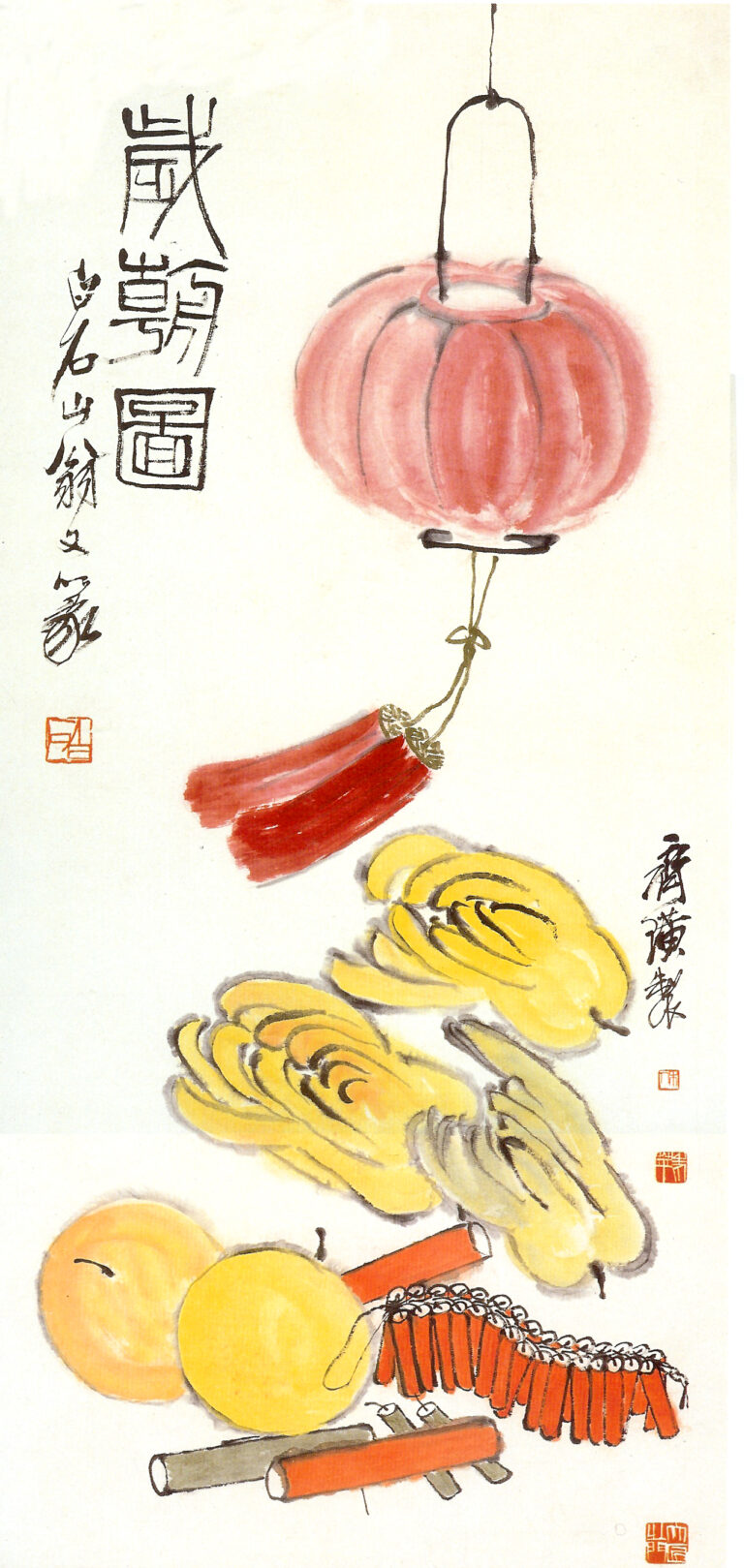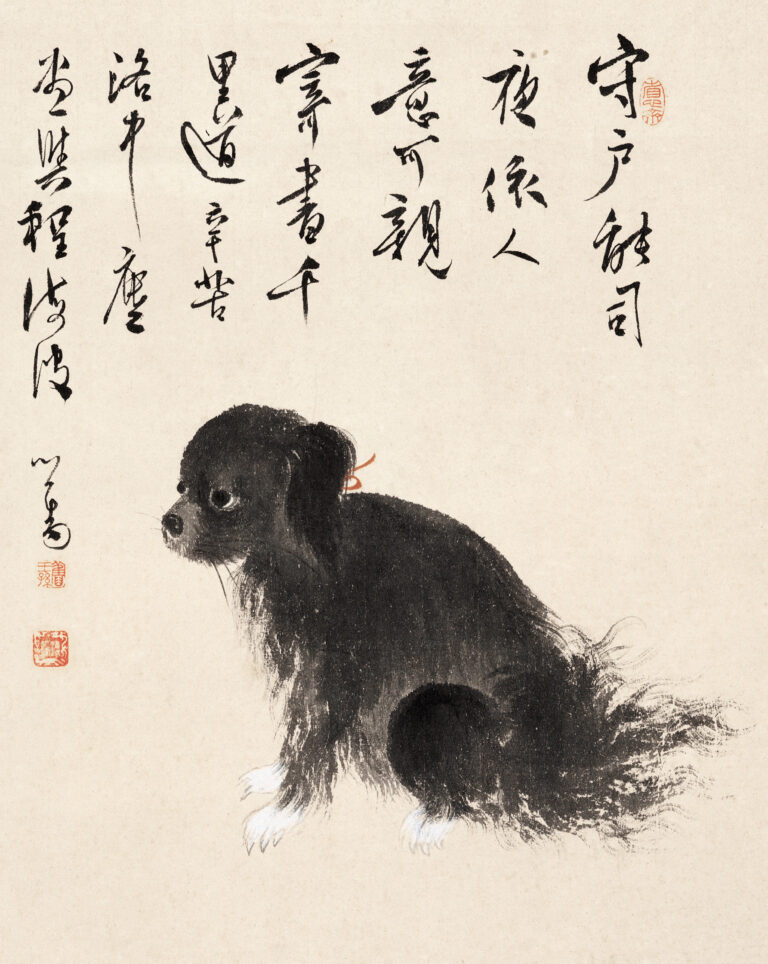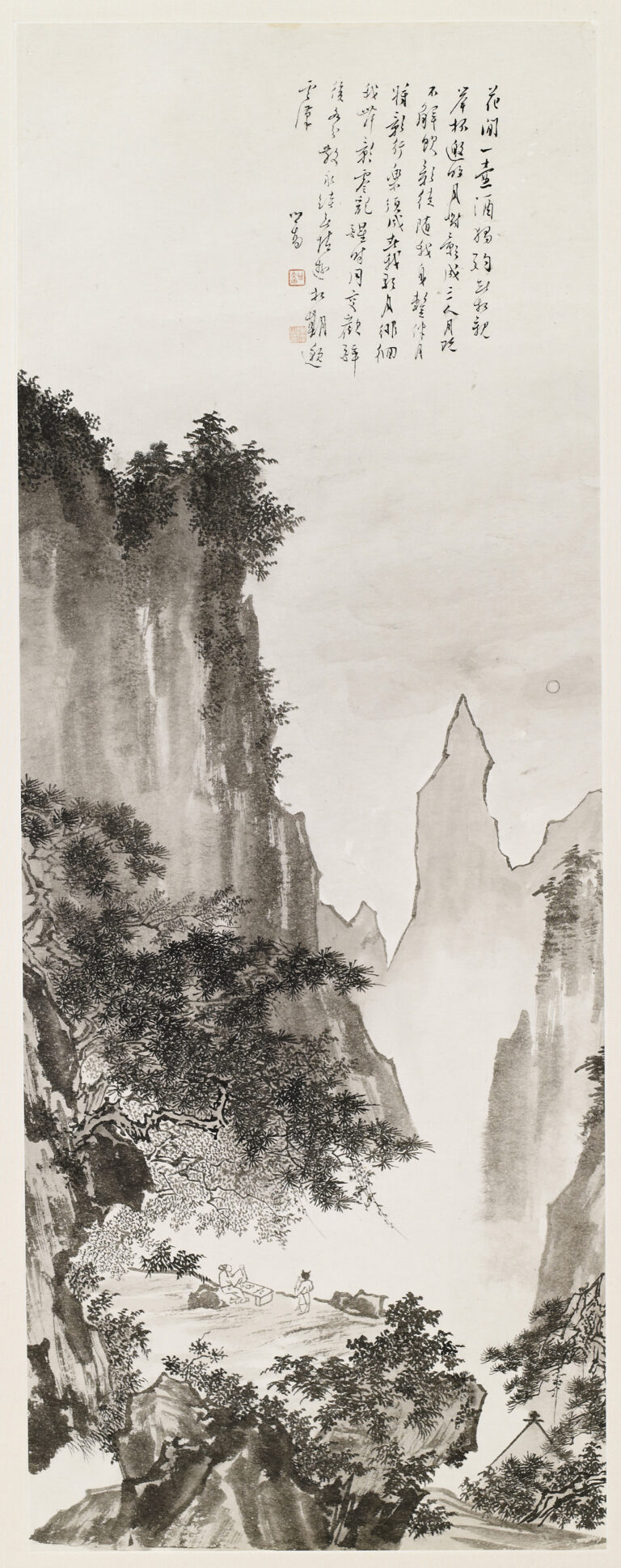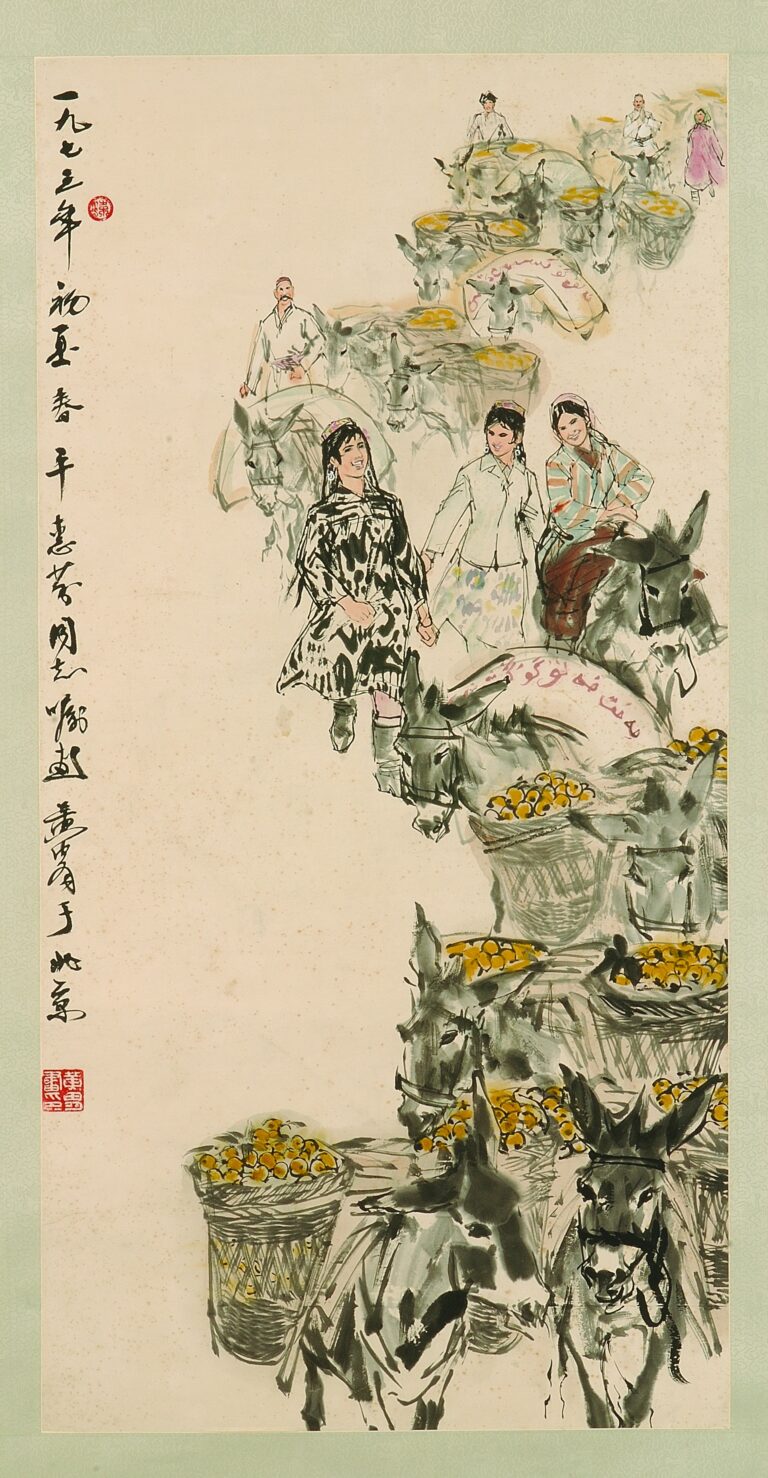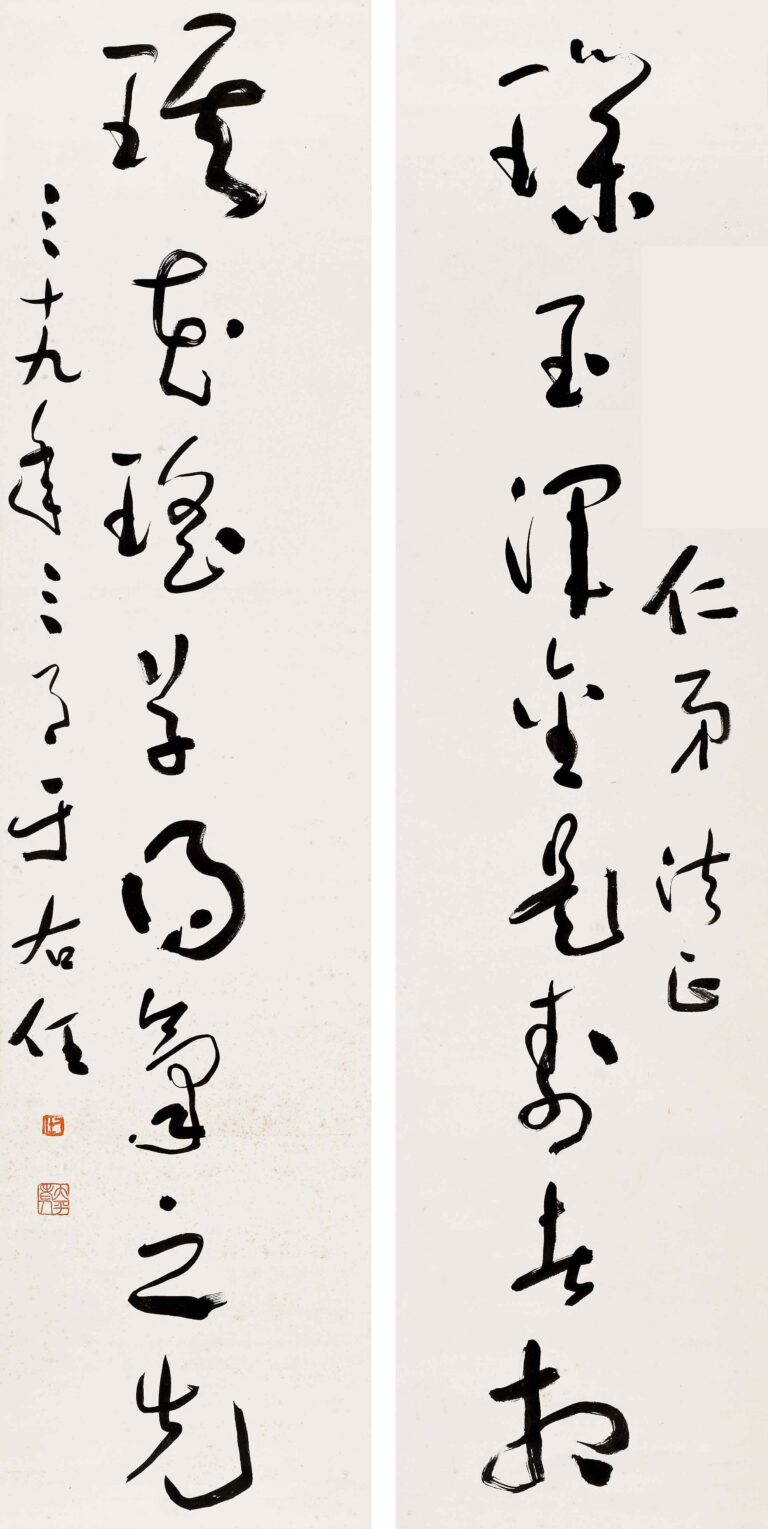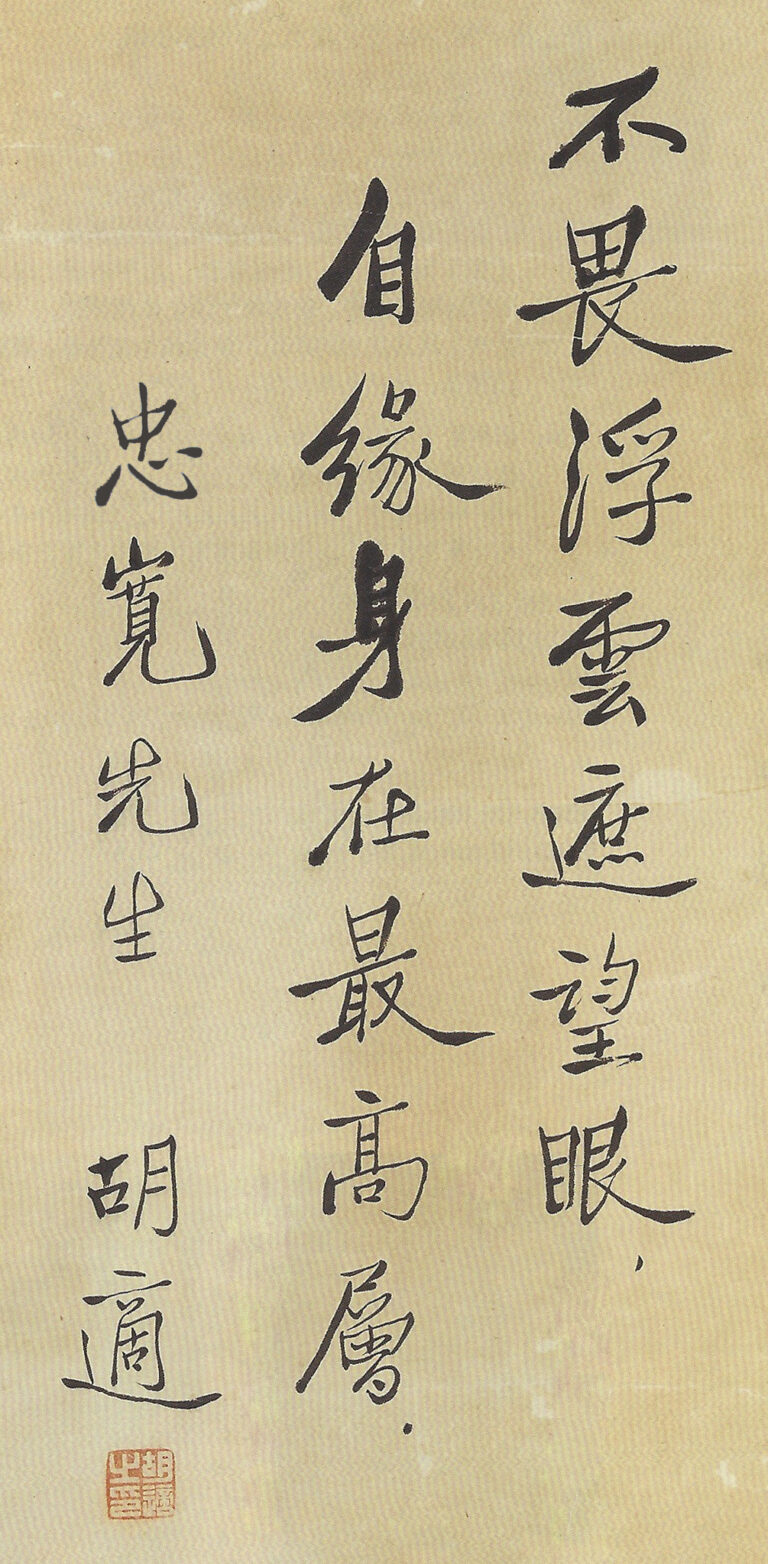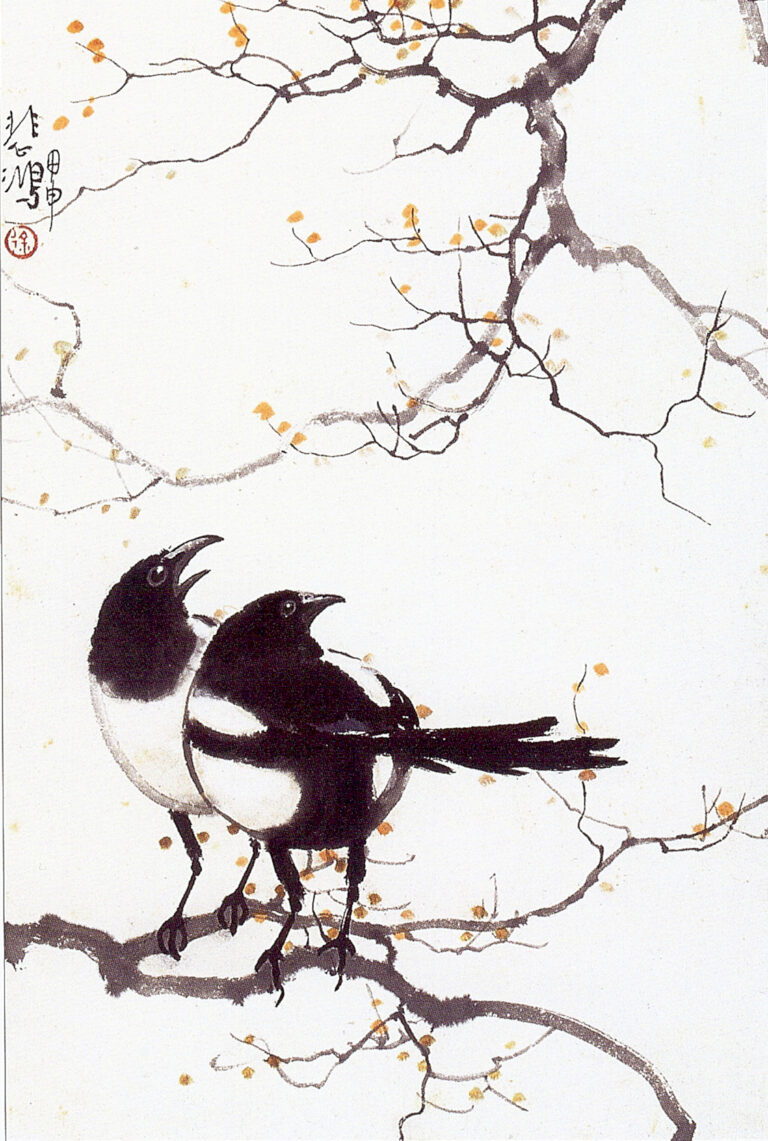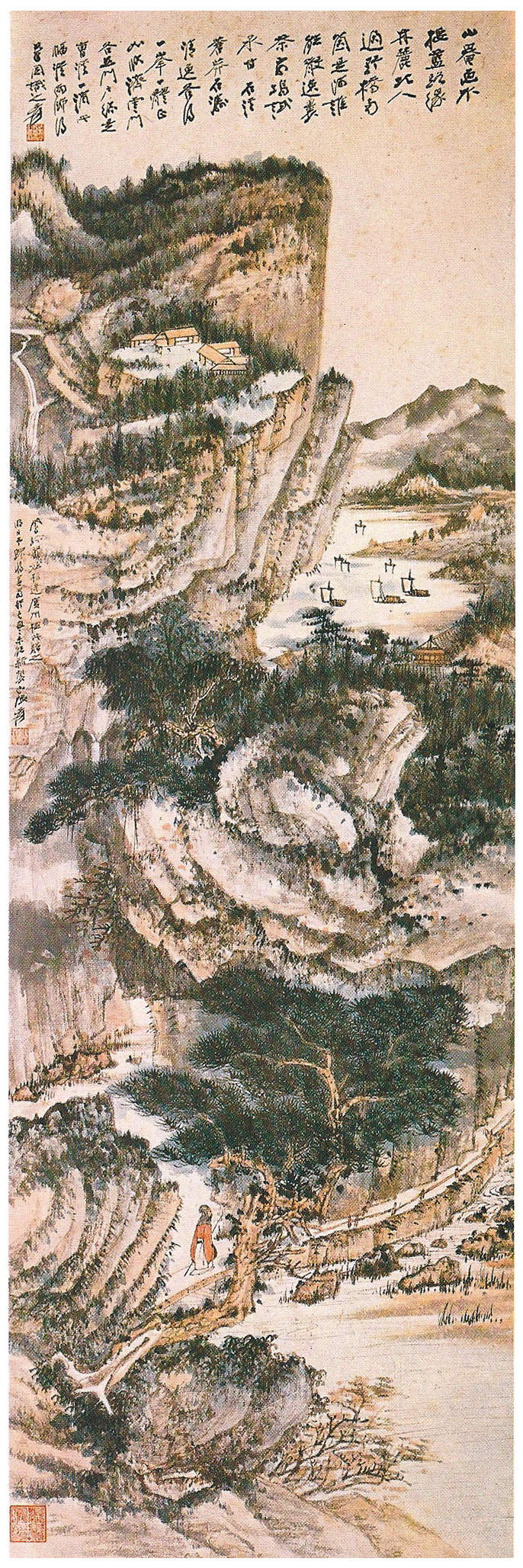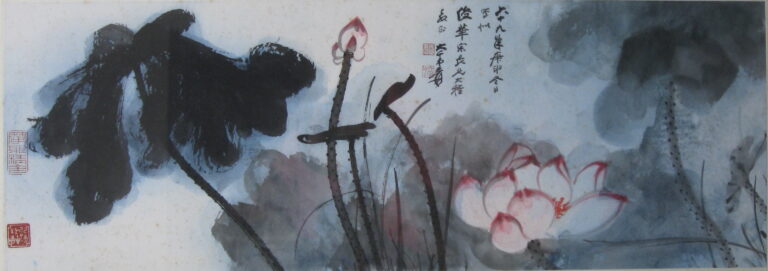1. Homeschooling and Study: the Heritage of Literature and Art
Tai Jingnong was born into a family of Shuxiang at the end of the Qing Dynasty. His family had a rich collection of books. His father's interest in classics and history laid the foundation for his future study and good antiquity. He liked copying calligraphy and painting at an early age, and he saw Jingmu's gentle aura in his pen and ink.
In his youth, Tai Jingnong traveled all over Anhui and Jiangsu to study and explore. In the 1920s, he entered the Department of Sinology of the Institute of Peking University and studied under academic masters such as Hu Shi, Gu Jiegang, and Liu Shipei. His background in Sinology is getting deeper and deeper. At the same time, he participated in the "Unknown Society" literary society, discussed new literature and new ideas with like-minded people, and launched a literary criticism and creative career.
2. Teaching chair and Forum: Literary Enlightenment and Educational Mission
Since 1927, Tai Jingnong has taught at Beiping Sino-French University, Fu Jen University, Xiamen University, Shandong University, Qilu University and other schools, and has been engaged in teaching literary history, classical literature and literary criticism for many years. His classroom has both a broad cultural vision and a demanding attention to detail. Students are often deeply inspired by the parallel teaching of humor and rigor.
After the outbreak of the War of Resistance, Tai Jingnong moved westward into Sichuan with educational institutions and served in the National Compilation Museum, responsible for the collation of ancient books and literary and historical research. Since 1942, he has been a professor of the Chinese Department of the National Women's Normal University. During the war, he has continued to teach and write, which shows that he has promised himself and is determined to continue with culture and education.
3. Connecting with Everyone: A Turning point in the road of calligraphy
During the War of Resistance, Tai Jingnong got acquainted with "Nan Zhang Bei Pu"-Zhang Daqian and Pu Xinyu, two great calligraphy and painting masters. Especially in Zhang Daqian's place, there are authentic works by Ni Yuanlu, a calligrapher at the end of the Ming Dynasty. Ni Yuanlu's writing is ancient and wanton, which has brought great touch to Tai Jingnong, and it has also started his long journey of learning the "Ni Ti" style of calligraphy.
Since then, Tai Jingnong's calligraphy style has gradually been reborn: he is not only refined from the ancient times, but also integrates his own understanding of literature and historiography on the basis of Ni Ti. The style of calligraphy is both quaint and solemn, as well as free and easy. Seal, scribe, grass, Xing, and Kai were all dabbled in, and the calligraphy and art developed in an all-round way, eventually becoming a generation of famous calligraphy masters.
4. The years since I came to Taiwan: the salary of the university and the continuation of literature and art
In 1946, Tai Jingnong was invited to Taiwan to teach in the Chinese Department of National Taiwan University, and served as the head of the department for 20 years from 1947. At the same time, he also served as the dean of the Faculty of Arts. These years were the golden period of Tai Jingnong's academic and artistic achievements.
In the Chinese Department of National Taiwan University, he advocated the teaching philosophy of both Chinese and Western literature and the integration of ancient and modern, which has influenced countless students. Many later literary critics and calligraphers and painters in Taiwan have been influenced by their classrooms. Outside of the college, he actively participates in cultural activities, promotes the preservation and promotion of Chinese culture, and becomes an important promoter of Taiwan's cultural community.
5. Calligraphy achievements: steles, gold and stones, ancient meaning, self-made
Tai Jingnong's calligraphy is deeply rooted in the essence of "Stele copybook Jinshi", which not only draws on the strength of the stone carvings of the two Han Dynasties, but also draws on the elegance of the Wei and Jin Dynasties. He called himself "broad and absorbing the writing of his predecessors", especially Ni Yuanlu at the end of the Ming Dynasty, forming a unique look of strange and quaint, simple and Cang Jian.
Seal script, official script, cursive script, running script, and regular script are all accomplished, and the lines are sometimes strong and firm, and sometimes beautiful and flying. Especially valuable, his books contain a deep literati atmosphere and historical temperature, and his pens seem to carry the contemplation and philosophy of a writer.
6. Seal carving and Painting: the Elegance of Pen and ink extension
In addition to calligraphy, Tai Jingnong is also good at seal carving and painting. His seal carving style is simple and quaint, and his sword technique has the aura of a book. The paintings take more freehand flowers and birds, and the pen and ink have their own bookishness, reflecting their aesthetic pursuit of "the same origin of painting and calligraphy".
7. Representative works and academic contributions
Tai Jingnong has also achieved fruitful results in the fields of literature and academia. His representative works and papers include:
- "Son of the Earth" "Tower Builder": Criticize reality with a sharp pen, both poetic and compassionate.
- "About Lu Xun and His Works":In-depth study of Lu Xun's spirit and literary significance.
- "Huainan Folk Songs Collection": Explore the resources of folk literature and pay attention to the heritage of national culture.
- "Music and Dance Examination of the Two Han Dynasties", "On the Evolution of Prose in the Two Han Dynasties", "On the Style and Literature of the Tang Dynasty": In the study of classical literature and literary history, new insights, subtle judgments, and far-reaching effects are put forward.
These works not only demonstrate his rigorous academic attitude, but also reflect his grand vision of integrating ancient and modern times.
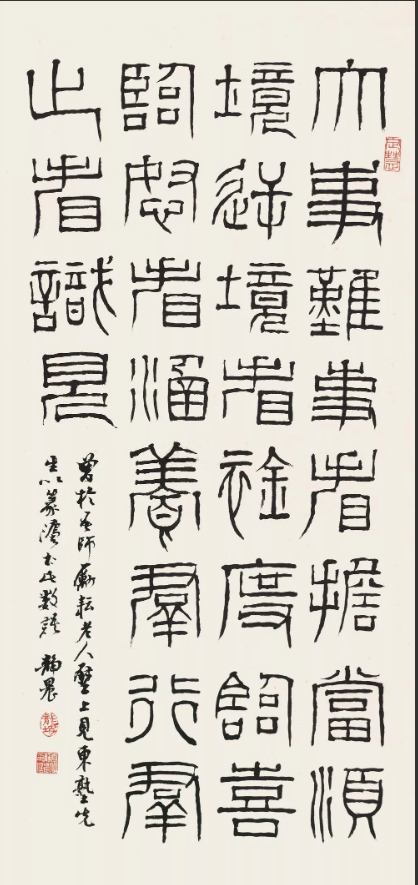
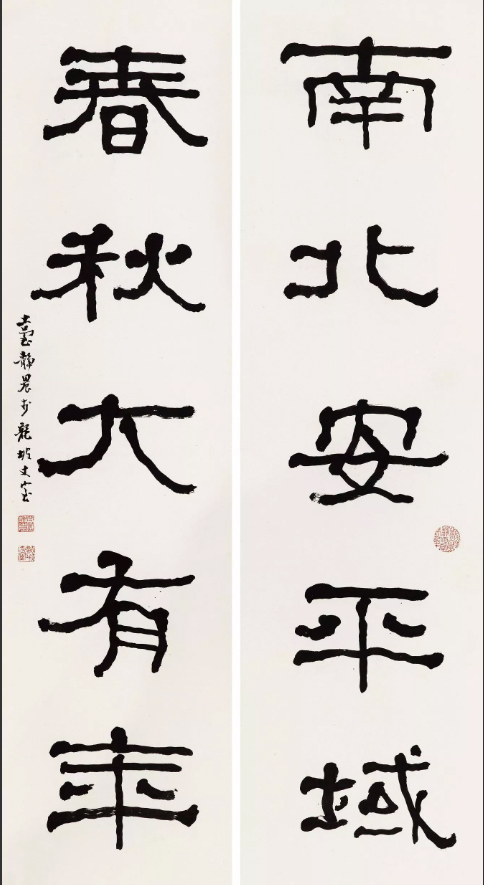

8. Glory and cultural mission
Tai Jingnong devoted his life to learning and ploughing tirelessly. In 1984, he won the National Literature and Art Award of the Republic of China with Liang Shiqiu; the following year, he won the Culture Award of the Executive Yuan with the Japanese scholar Uno Seiki in recognition of his outstanding contributions to literature and cultural research.
9. Old age and eternal style
In 1990, Tai Jingnong died in Taipei. His life spans old and new learning, classical and modern, and he is not only a pioneer of literary reform, but also a guardian of classical cultural traditions. His achievements in calligraphy, art, literature and teaching are still admired by future generations.
Conclusion and sincere invitation
Tai Jingnong's contribution to Chinese culture in the 20th century is not only a sharp pen for literary criticism, but also a thick ink for calligraphy and steles. He adhered to the cultural context in the turbulent times and injected lasting strength into national culture.DehuatangSincerely invite the collection of precious works such as Tai Jingnong's calligraphy, paintings and manuscripts. We provide professional appraisal and high-priced acquisition, and are committed to storing and inheriting the artistic crystallization of this cultural master. Welcome to contact us and witness the eternal brilliance of this twin-peak master of literature, calligraphy and painting.
Portfolio
